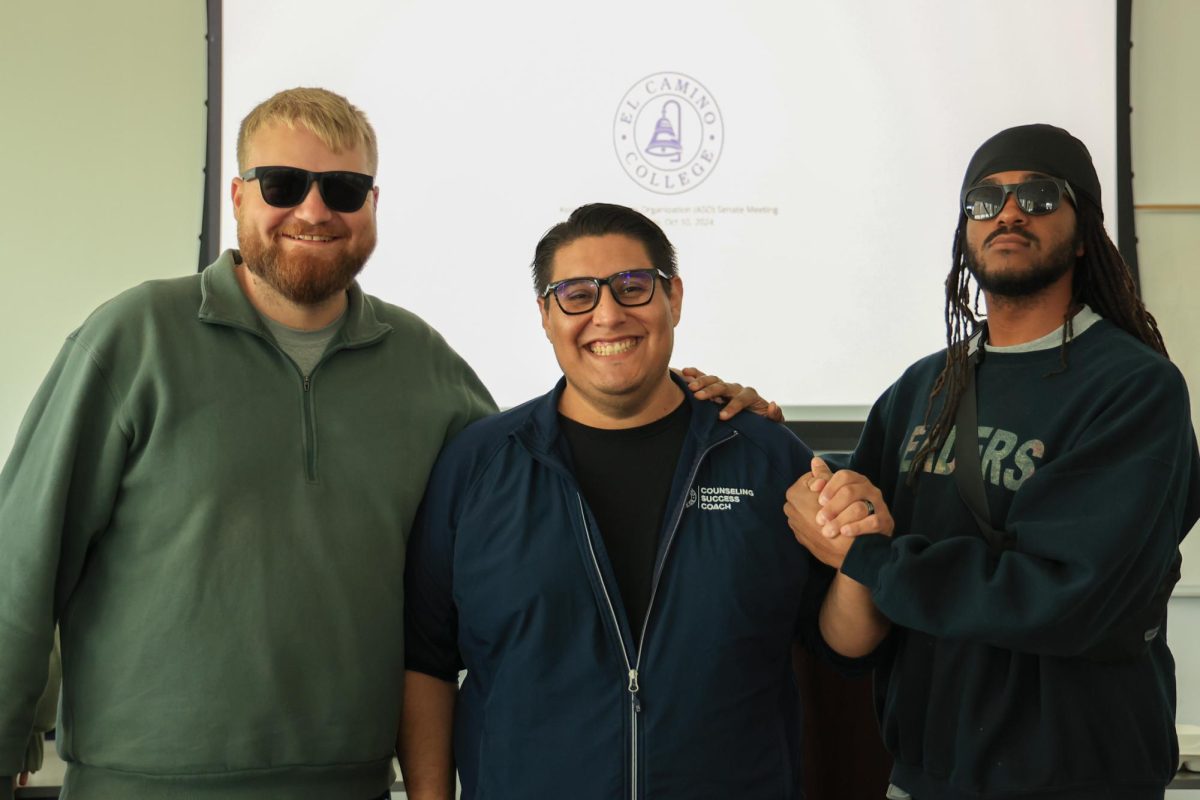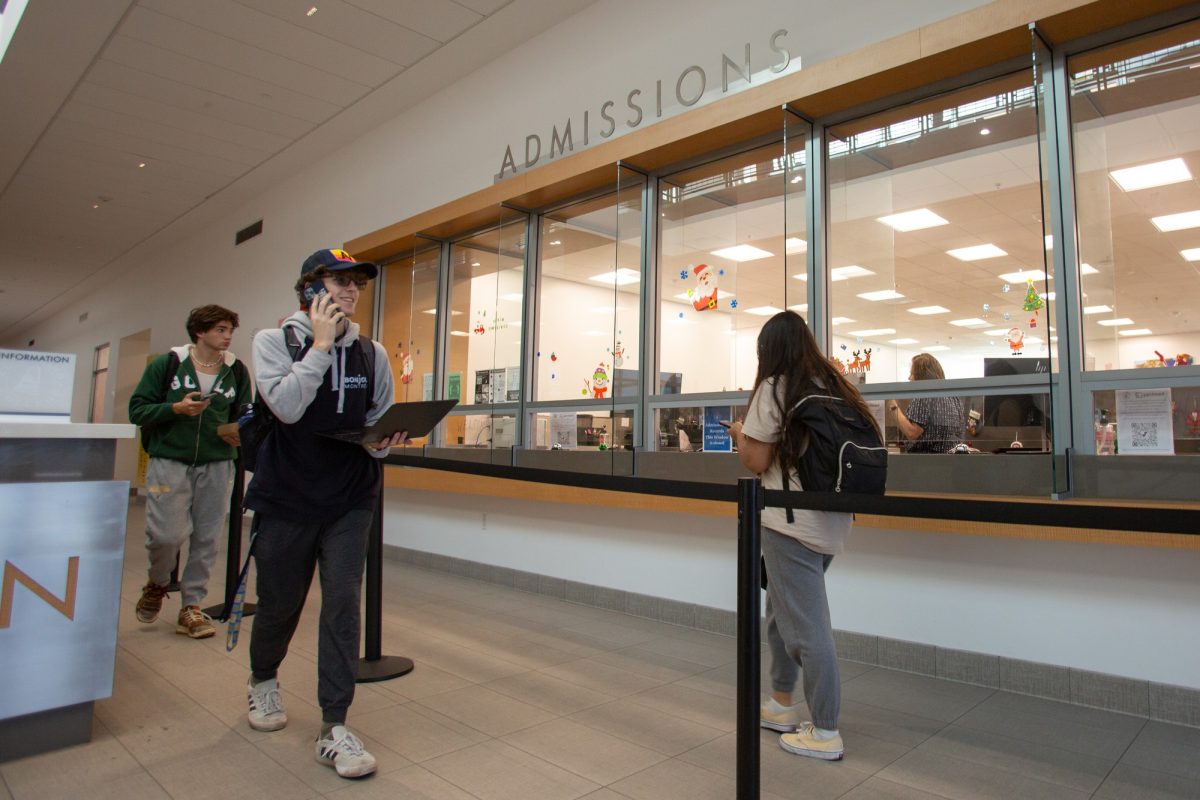Students should expect to see more initiative being placed by various departments on campus such as student services and counseling due to the Accountability Reporting for the Community Colleges 2009 report.
ARCC reports that there is a decline in student progress, achievement and basic skills improvement with an increase in ESL improvement and successful course completion.
“This report helps us determine what barriers are for student success and removing these as much as possible also allows EC to see if students are not only succeeding, but it helps to indicate if they are moving to higher courses,” Irene Graff, director of institutional research, said.
EC’s decline in student progress and achievement calls for faculty members to put more effort on checking up on students.
Faculty is taking intrusive counseling into consideration in order to keep students on track.
“Intrusive counseling is where a counselor sends an e-mail to students to keep them on track and alert them when grades are slipping,” Graff said.
EC plans to emphasize more efforts into student academic strategies such as new student orientation, counseling, developing education plans and assisting with time management study strategies.
“These outcomes are a great way to profile the effect community colleges have,” Graff said.
EC is ranked as above average in various categories, although in some areas there were declines.
“There will be a campus-wide effort to focus more on basic skills and meet (students) educational goals,” Graff said.
According to ARCC report, more than one-third of ECC students place into the basic skills English or math courses. They have taken a variety of steps to provide effective academic support for these students. A large-scale computer lab and learning support center for basic skills students is part of the Learning Resources Center.
“More students feel comfortable going to community college, that’s why they don’t take the tests that seriously,” Kathryn Thebodeau, physical therapy major, 19, said.
Successful course completions are those students who earned 30 units or more.
According to ARCC, the percentage of students with 30 or more units increased last year, but is below the peer average, which is the average among students as a whole.
The ARCC compares all California community colleges in its report to rank them individually.
It measures a three-year trend for all community colleges within California.
EC takes all transfer-ready students, which are students who have taken all the required transfer courses for English and math, into consideration for the report.
EC’s faculty and staff seem committed in making any changes that they can to aid students.
“I think that the changes this college is making happen should continue to provide a supporting environment for students. It is important to know whether students are staying in college,” Graff said. “Only about 40 percent of students who intend to transfer actually do so.”








